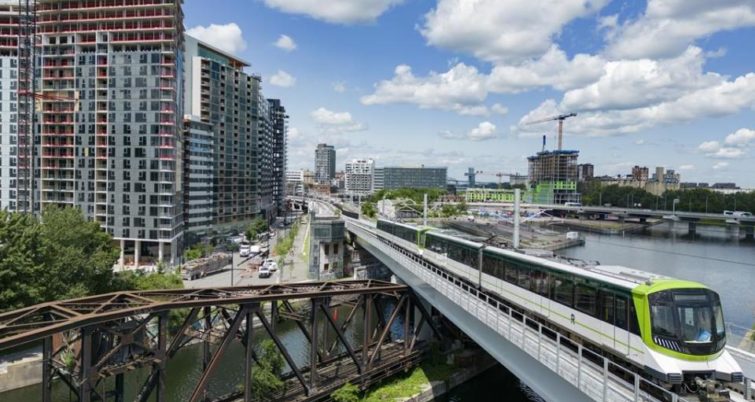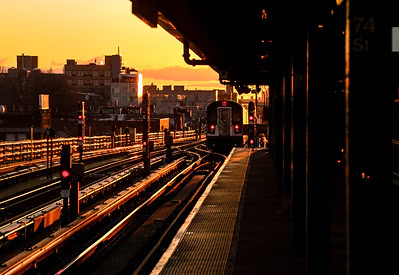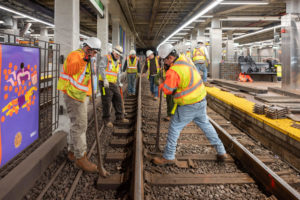Canada’s REM Light-Rail Opened First Branch After Relatively Quick Construction
Written by Jennifer McLawhorn, Managing Editor
MONTREAL – The REM opened its first branch this past weekend in Montreal after a speedier construction compared to other Canadian transit projects.
The Réseau express métropolitain, or REM, opened its first branch this past weekend in Montreal. Its first branch opening comes eight years after its initial conception. In a reporting from Yahoo Finance, The Canadian Press believes its success may come from a mix of three factors. The first being that the REM was built entirely for profit and is not government-led. Secondly, a law was passed in the province “restricting lawsuits linked to land expropriations,” with the third reason being the light rail’s path along already established commuter rail that “extends through low-density corridors in the metro area.”
Other transit projects in Canada faced delays and other obstacles in getting off the ground, particularly Ottawa’s east-west light-rail line and Toronto’s 19 km Eglinton Crosstown light-rail line. Both projects face construction and mechanical problems.
Philippe Couillard, former Quebec premier, said in a statement that governments “have an ‘overreaching tendency’ to hamper large-scale transit development with procedural ‘obstacles’.” Instead, the REM falls under CDPQ Infra, “a subsidiary of Quebec’s public pension fund.” Because of its “’arm’s length’ from the government,” REM is not held to the same “politicized planning processes.”
However, that does not mean the project did not have any government oversight. Six years ago, in 2017, the government tried to remove “property owners’ ability to contest land expropriations for the project” via legislation. The individual who drafted the bill, Laurent Lessard, believes the legislation is responsible for the fast construction of REM. Instead, REM was able to “avoid the contentious expropriations” by using repurposed commuter train paths for its northern and central branches. Its western and southern branches traverse through industrial areas. For CDPQ Infra to finance construction, a regulation was passed in 2018 that allows it to “leverage real estate along the REM route.” It goes on to say that those new development projects near REM stations will need to “pay a fee that accounts for the value the light-rail system brings to each project.” The fee amount was not disclosed.
Additionally, a 2016 environmental review report critiqued the design because it would monopolize use of the Mount Royal tunnel, one that other commuter rail lines use as well. A professor of geography and planning from the University of Toronto, Matti Siemiatycki, stated that the viability of “any model that makes that more challenging or puts profit and returns ahead of the community . . . (is) gonna struggle across the country.”
While the project did not suffer as many delays as other Canadian transit projects, REM did see a setback during 2020 during the Covid pandemic. Originally, 2020 was the proposed opening date during early stages of the planning process. Also, both the northern and western branches are currently under construction, and “a link to the airport won’t open until 2027.”
In terms of the cost of REM light-rail, the total is estimated to be just under $7 billion with funds coming from Hydro-Quebec and Montreal’s airport authority as well as the governments of Canada and Quebec. CDPQ Infra invested over $3 billion, but it has not released an updated amount.





